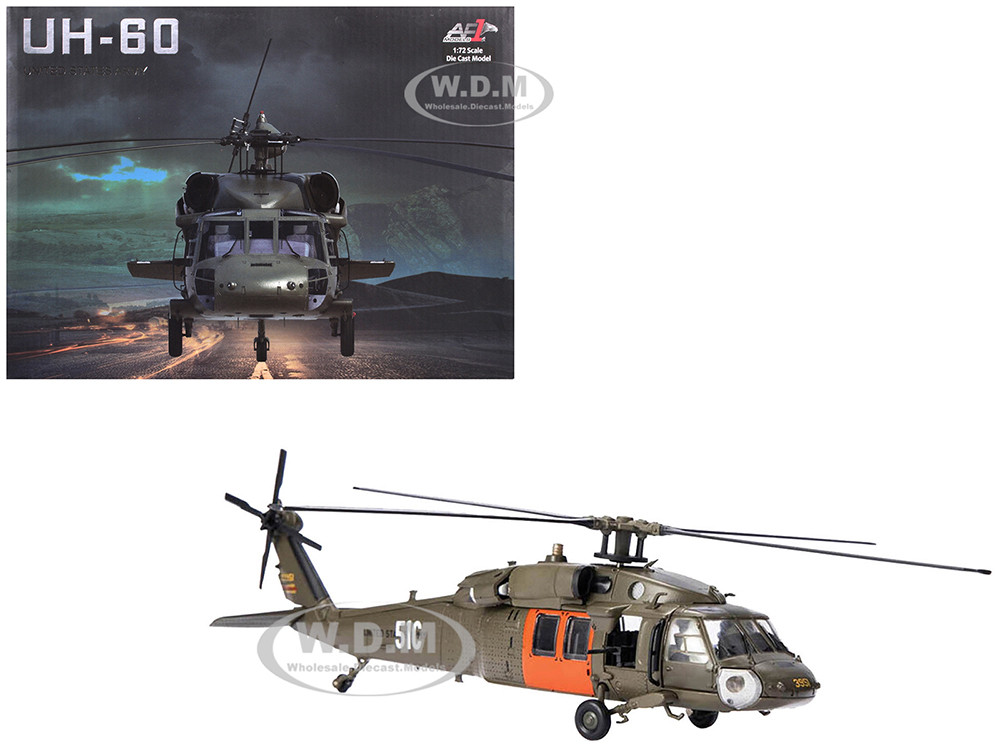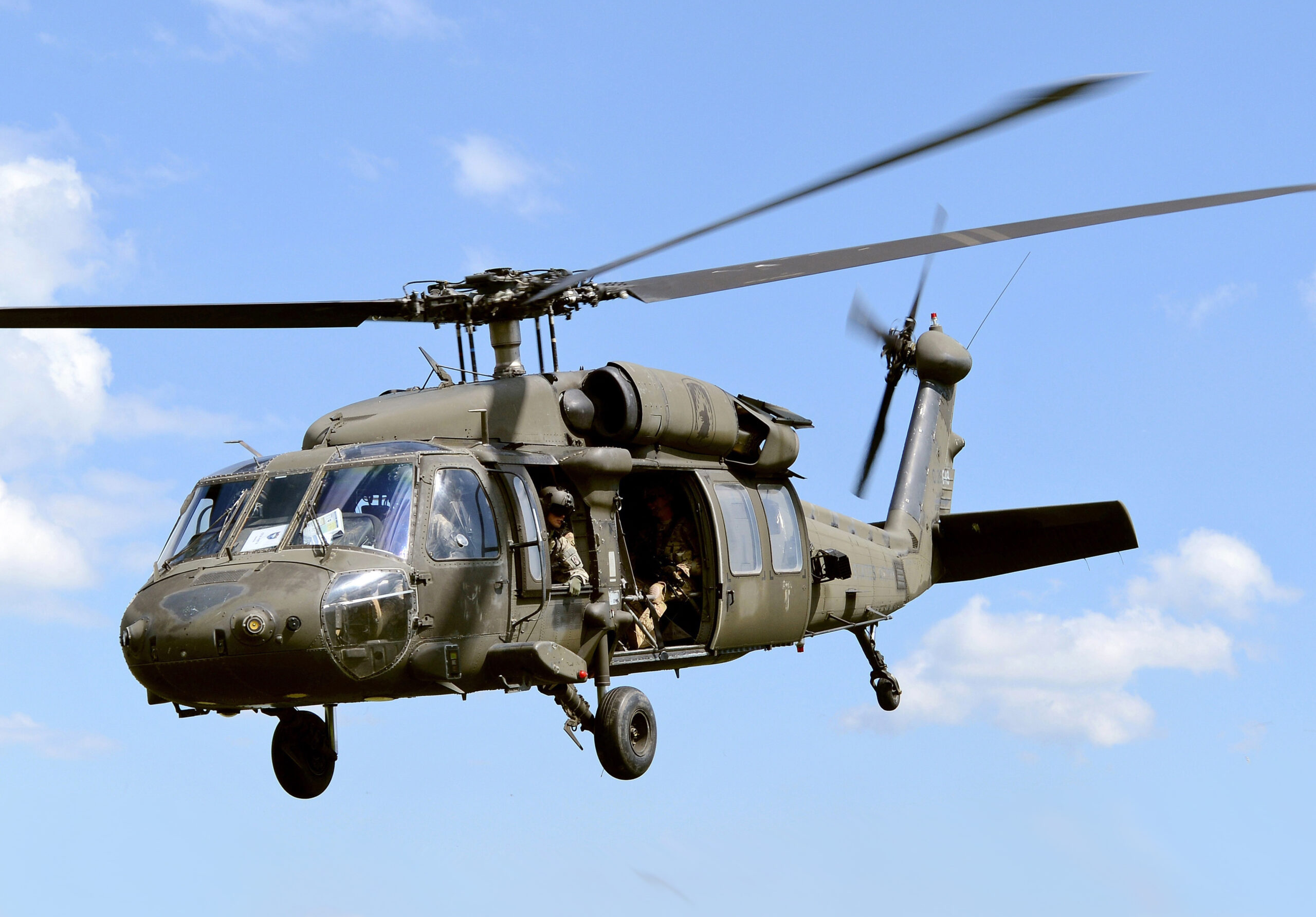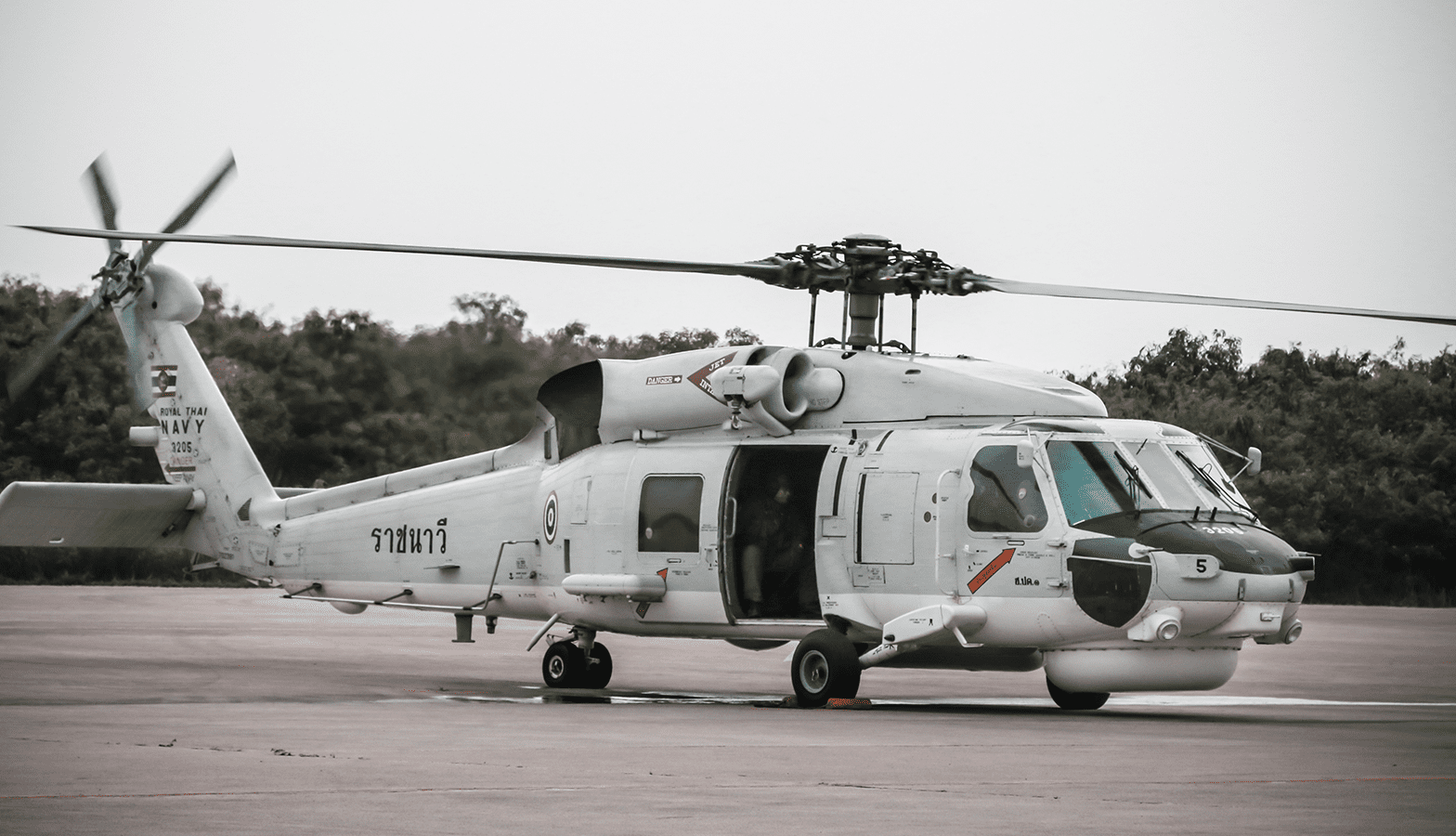The UH 60’s Enduring Legacy in Military Aviation and Its Global Impact
The UH 60’s Enduring Legacy in Military Aviation and Its Global Impact
Blog Article
Checking Out the History and Development of the UH 60 Helicopter

Beginnings of the UH-60
The origins of the UH-60 helicopter can be mapped back to the late 1960s, a duration noted by the need for a flexible utility airplane that could adapt to the progressing demands of modern warfare. The U.S. Military acknowledged the necessity for a replacement for the older UH-1 Iroquois, which was becoming progressively poor for the intricacies of contemporary battle scenarios. In 1967, the Army initiated the Utility Tactical Transport Aircraft System (UTTAS) program, which looked for to create a multi-role helicopter with the ability of different objectives, consisting of troop transportation, medical emptying, and logistical assistance.
The design competition brought in numerous aerospace manufacturers, however it was Sikorsky Aircraft Corporation that inevitably secured the contract in 1972. The UH-60 Black Hawk was introduced, showcasing ingenious layout elements and advanced technology that set it aside from its precursors. Its maiden flight occurred in 1974, and the airplane was officially adopted by the Army in 1979. The UH-60 swiftly gained recognition for its durable performance, dependability, and versatility, leading the way for its considerable use in military operations and solidifying its standing as a keystone of U.S. Military air travel.
Trick Design Features
Ingenious design functions of the UH-60 Black Hawk substantially add to its operational performance. One of one of the most remarkable facets is its twin-engine setup, which enhances reliability and gives a greater power-to-weight proportion, enabling the helicopter to carry out under different conditions. The aircraft's four-blade primary blades system supplies improved lift and maneuverability, crucial for tactical missions.

Additionally, the cockpit is developed for ideal visibility and comfort designs, including innovative avionics that streamline pilot procedures. The modular style of the UH-60 enables for very easy upkeep and adaptability, making it suitable for different goal profiles, from army transportation to medevac procedures. These vital layout features ensure that the UH-60 Black Hawk continues to be a reputable and functional possession in army aeronautics, with the ability of satisfying the needs of modern warfare.
Technological Developments
Current technological innovations in the UH-60 Black Hawk have significantly boosted its functional abilities and convenience. The integration of sophisticated avionics, such as digital flight control systems and enhanced situational understanding display screens, enables pilots to run with enhanced precision and efficiency. These systems help with enhanced navigating, communication, and information sharing, allowing the helicopter to operate properly in diverse atmospheres.
Additionally, the introduction of composite products has actually minimized the general weight of the airplane while preserving structural integrity. This decrease boosts gas performance and prolongs operational range. The consolidation of advanced blades modern technology, consisting of the use of four-blade, fully verbalized rotor systems, has boosted lift performance and ability to move, allowing for much better handling in different trip conditions.

Additionally, improvements in propulsion systems, such as the T700-GE-701D engines, have enhanced power outcome and dependability - uh 60. These engines contribute to exceptional efficiency in high-altitude and hot-weather problems
Lastly, the Visit Website integration of self-defense systems and enhanced sensor packages improves the Black Hawk's survivability and objective performance. Collectively, these technological renovations make sure that the UH-60 Black Hawk continues to be an essential property in contemporary aeronautics, efficient in adapting to the developing needs of armed forces and humanitarian goals.
Duty in Military Operations
As the backbone of U.S. Army aeronautics, the UH-60 helicopter plays a critical function in different military procedures, functioning as a flexible platform for combat assistance, transportation, and medevac objectives - uh 60. Its design incorporates the capacity to run in diverse environments, making it crucial for army movement and logistical assistance in both standard and unique war

In clinical evacuation situations, the UH-60 has confirmed very useful, considerably minimizing the time to deliver damaged soldiers from the battleground to clinical centers. Its sophisticated avionics and night vision abilities additionally make sure mission success under difficult problems. Overall, the UH-60 helicopter remains a vital asset, continuously adapting to fulfill the progressing demands of military procedures and improving the performance of U.S. forces worldwide.
Future of the UH-60
Looking ahead, the future of the UH-60 helicopter entails significant innovations in technology and capacities made to enhance its functional efficiency. As army operations evolve, the UH-60 is anticipated to include advanced modern technologies, including boosted avionics, enhanced weapons systems, and progressed communication devices. These improvements will enable better situational understanding and goal adaptability, guaranteeing that the UH-60 continues to be an important possession on the battlefield.
One significant growth is the integration of fly-by-wire systems, which will enhance trip control precision and minimize pilot work. Additionally, initiatives to update the airframe and engines intend to increase haul, rate, and array capacity, thus increasing the helicopter's functional scope (uh 60).
The future also holds promise for enhanced interoperability with unmanned aerial systems (UAS), making it possible for coordinated objectives that take advantage of both manned and unmanned abilities. Additionally, the consolidation of expert system and equipment understanding can maximize flight dynamics and upkeep procedures, causing minimized functional expenses.
Conclusion
The UH-60 Black Hawk helicopter stands for a substantial success in armed forces aviation, evolving from the united state Military's initial requirements for a functional energy aircraft. Its cutting-edge style functions and continuous technical innovations have actually ensured its importance in different military procedures over the years. As the demands of modern war adjustment, the future of the UH-60 will likely include additional enhancements and adjustments, reinforcing its standing as a crucial asset for his comment is here armed forces worldwide.
The UH-60 Black Hawk helicopter stands for a considerable landmark in armed forces aviation, emerging from the United state Military's quest for a more reliable and functional utility airplane in the late 20th century.The origins of the UH-60 helicopter can be their explanation traced back to the late 1960s, a period marked by the requirement for a flexible utility airplane that could adapt to the developing demands of modern war. In general, the UH-60 helicopter continues to be a crucial asset, continually adapting to satisfy the evolving demands of army operations and improving the performance of U.S. forces worldwide.
Looking in advance, the future of the UH-60 helicopter involves considerable advancements in innovation and abilities made to enhance its operational performance.The UH-60 Black Hawk helicopter stands for a considerable accomplishment in army aviation, progressing from the United state Military's initial demands for a functional energy aircraft.
Report this page